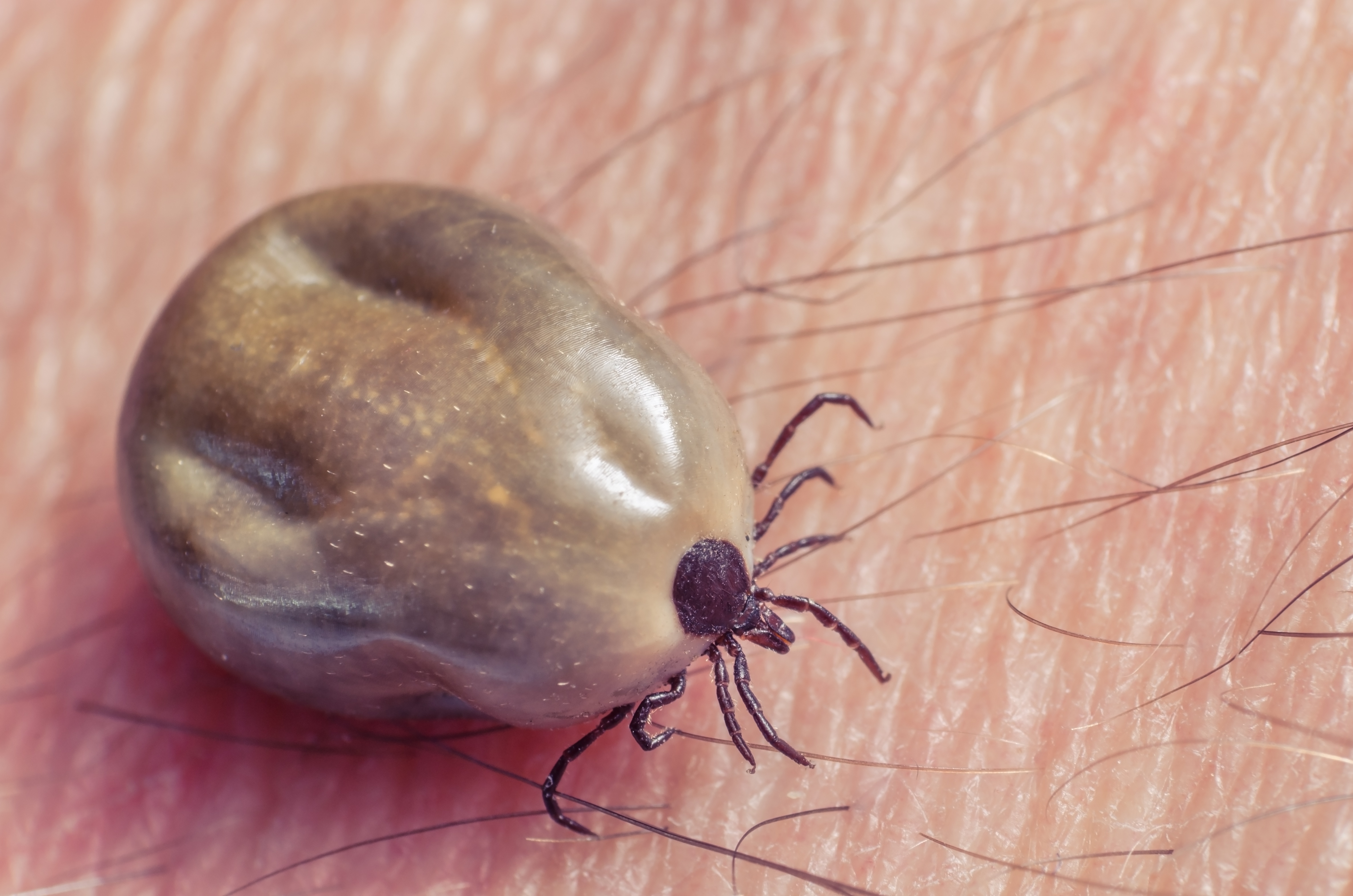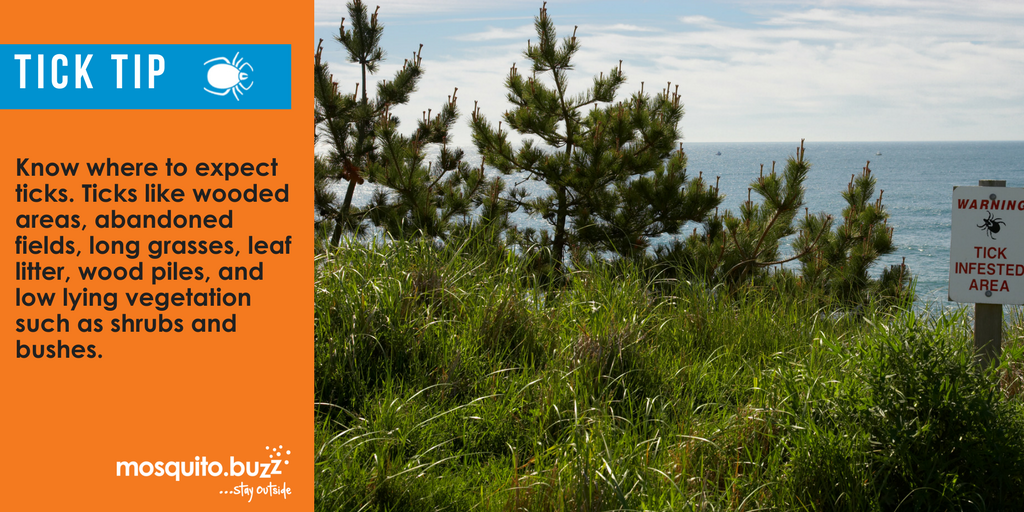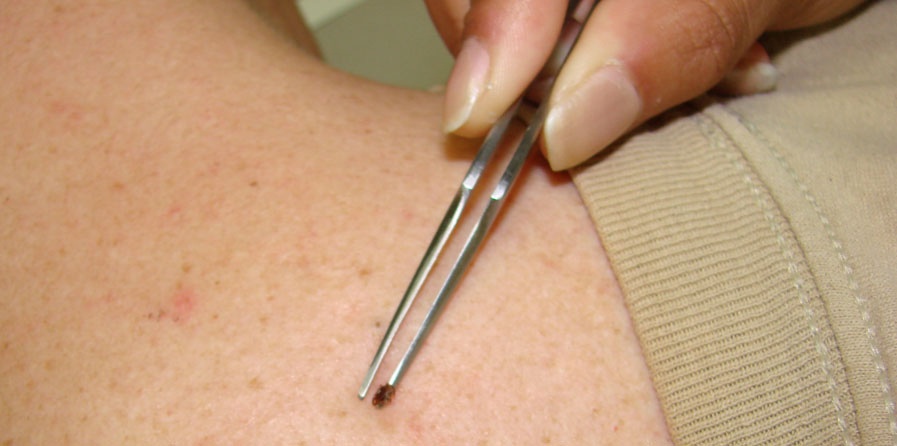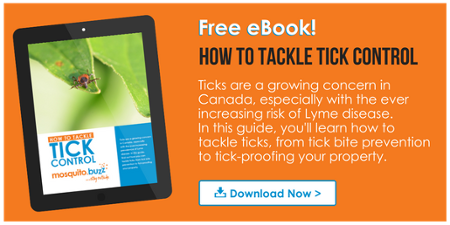
Areas where ticks and Lyme disease have been confirmed over a number of years of active field surveillance are called endemic areas. This includes many provincial parks and regions in Southern, Eastern, and North Western Ontario, Southern Manitoba, Southern British Columbia, Southern New Brunswick, Southern Nova Scotia, and Southern Quebec. Basically, every corner of our great nation! Bob and Doug McKenzie would be proud.
As discussed ad nauseam in our previous blog posts, the reason that ticks are as prevalent and as dangerous as they are in this country is because of their ability to travel undetected on their hosts for days at a time. With fall being an active season for ticks, now is the time to protect your property from ticks on the quest, especially if you live near an endemic area.
It’s important to learn more about tick hot spots so you can take extra precautions to avoid being infected. Remember, just because you don’t live in an area known for Lyme disease or ticks, doesn’t mean that you can’t encounter an infected tick. The separation between tick risk zones and tick safe zones on and around your property can be a single step.
Types of Ticks
There are dozens of tick species found across Canada, but two of the most common are American Dog Ticks and Blacklegged Ticks. These are the two you will often find in high risk areas.
American Dog Ticks are common around the Rocky Mountains, as well as Saskatchewan and the Atlantic provinces. Blacklegged Ticks are also known as Deer Ticks due to their affection for the white-tailed deer, and are particularly common in Ontario, Manitoba, and on the Pacific coast.
Habitats

American Dog Ticks: American dog ticks prefer overgrown vacant lots, waste farm fields, weedy roadsides, and edges of paths and hiking trails. Their habitat includes wooded areas, abandoned fields, medium height grasses and shrubs between wetlands and woods, and sunny or open areas around woods
Blacklegged/Deer Ticks: Blacklegged ticks live in wooded, brushy areas that provide food and cover for white-footed mice, deer and other mammals. This habitat also provides the humidity ticks need to survive.
Exposure to ticks may be greatest in the woods (especially along trails) and the fringe area between the woods and border.
Stay Protected

Here at mosquito.buzz, we know that the last thing you want is to get bitten by ticks. Here's what you can do to avoid getting a dreaded tick bite this spring;
- Use insect repellent containing DEET, picaridin, or permetherin. Added bonus: you'll repel mosquitoes, too!
- Wear closed-toe shoes and long-sleeved clothing
- Tuck your pants into your socks. You'll look a bit ridiculous, but it works!
- Wear light coloured clothing to help you spot potential ticks easier
- Wash yourself as soon as you get home to get rid of any loose ticks
- Do a full body check on yourself, your kids, or your pets if you've come back from a tick prone area
If Bitten
So you've been bitten. Now what?
If you or your pet are bitten by a tick in an endemic area, it's important not to panic. If followed properly, these next steps will help to lower the risk of further damage, and help to get the tick away from you or your pet as soon as possible.
- Using clean tweezers, carefully grasp the tick as close to the skin as possible. Pull slowly upward, but try not to twist or crush the tick (no matter how much you may want to).
- Once the tick is removed, wash the area where you were bitten with soap and water. You may also disinfect the area with alcohol or hand sanitizer. Wash your hands with soap and water as well!
- If parts of the tick's mouth break off and remain in your skin,remove them with tweezers. Visit your health care provider if you cannot remove parts of the tick's mouth in your skin or the tick itself.

Follow us on Facebook or subscribe to our blog to keep up to date with tick prevention tips and news, as well as tips on managing mosquitoes.



